IT & Other Training Courses
ExcelTek Training & Solutions offers a wide range of Software Training and Placement in Hyderabad of varied nature. Long –term, Short –term, Refresher or Follow- up courses and programs are being offered. We ascertain that the syllabus and curriculum of each course is well mapped with the requirements of the IT employers. The following are some the principal courses offered by us.

PHP

Python

Java

Android
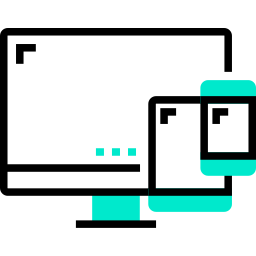
Web Designing

Hadoop

iOS

.NET

VMWare

Oracle DBA
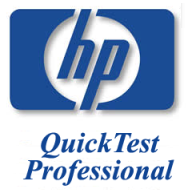
QTP
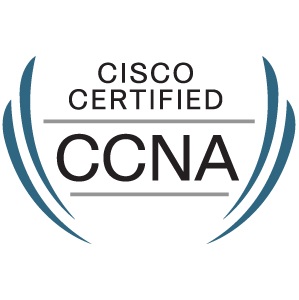
Networking
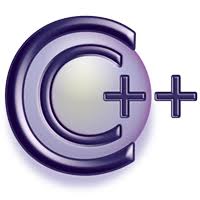
C & C++
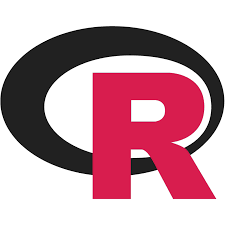
R Language

Machine Learning

AWS
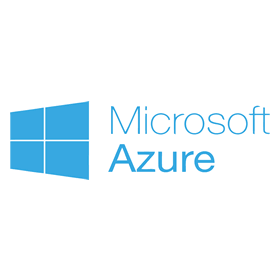
MS Azure

Salesforce

Linux
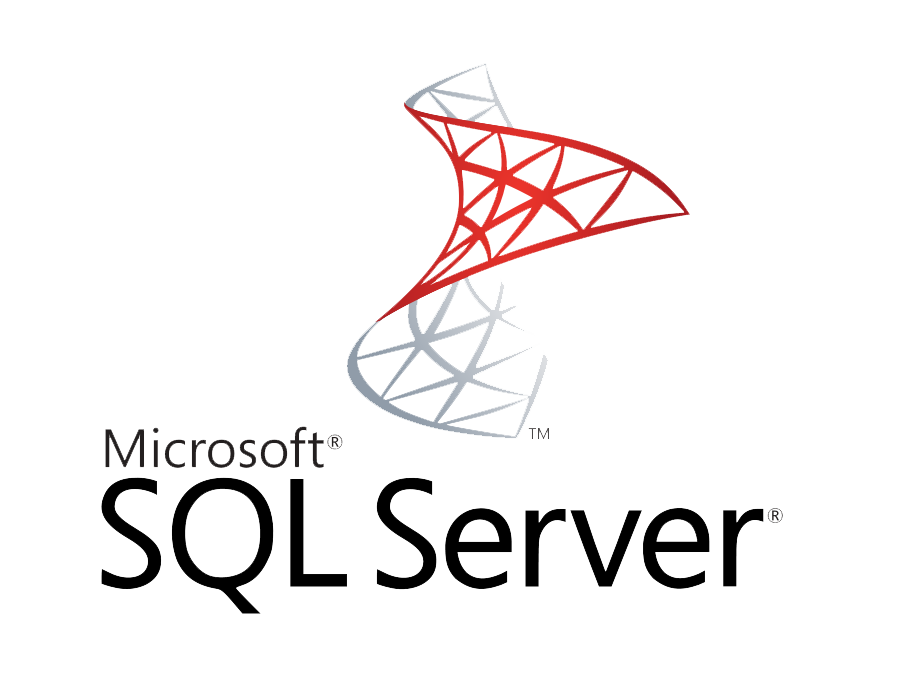
SQL DBA

SAS

Informatica

Selenium

Load Runner
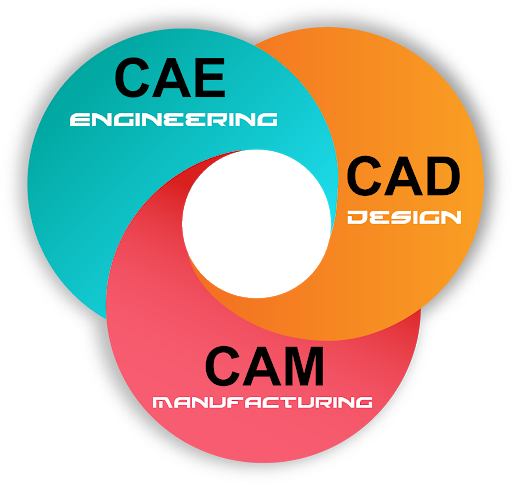
CAD & CAM
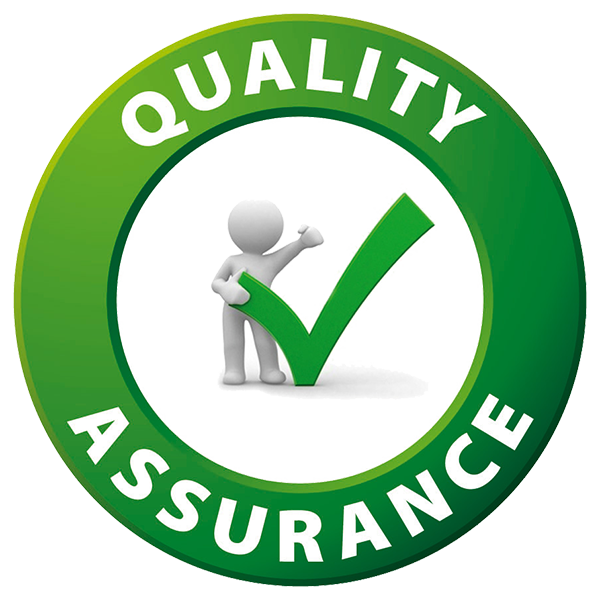
Quality Assurance Management
Certified Courses
Expert Level Courses and Training Guarantees 100% Job Placements to Help You Get Your Dream Job

PHP
What is PHP ?
PHP Programming is the Language mostly commonly used for Website and Web Application Development.
PHP is a general purpose, server-side scripting language run a web server that's designed to make dynamic pages and applications.
With PHP you will get detail knowledge on its inbuilt database engine MySql. Get Ready to gain basic to advanced level training in PHP,
develop your own dynamic website to showcase your resume and get placed in India’s biggest MNC’s with good salary package.
PHP language is easy to learn and implement. It is best suitable for web developers to create dynamic web pages.
Top companies like Wikipedia, Yahoo, Tumblr, Mailchimp, etc use PHP programming in the real world.
Course Curriculum
- PHP Language Basics
- PHP Functional Basics
- File System Basics
- PHP Web Concepts
- PHP Database Basics
- Developing PHP Apps
- Challenge Project

Python
What is Python ?
Python is a high level programming language that easily and effectively integrates with your systems. It runs on almost every operating system such as: Windows, Mac OS and Linux/Unix etc. Python has also been ported to .NET and Java virtual machines. Since, Python is an open source programming language, it can be easily used for the commercial purposes. Python Programmers can program a specific function in even lesser lines using Python as compared to the other programming languages. Additionally Python increases the readability of the code and helps in easy and compact programming of both large as well as small-scale programs.
Course Curriculum
- An Introduction to Python
- Python Basics
- Decision making & Loops
- Functions
- Modules and Packages
- Exception Handling
- Classes Objects
- Socket programming

Java
What is Java ?
Java is a popular programming language that finds its widespread usage in the development of web applications. Irrespective of the architecture and platform, Java programming language shows flexibility that permits the developers to write code that can be made to run on any machine. There exist several usages of Java Programming language. It can be used for developing several applications that are further distributed between the clients & servers lying within the same network. Java is extremely easy to use, debug, compile, write and learn as compared to several other programming languages.
Course Curriculum
- Java Fundamentals
- Writing Java Classes
- Packages
- Exception Handling
- I/O Operations in Java
- Multithreaded Programming
- Network Programming
- Java Util Package / Collections Framework

Android
What is Android ?
Android is primarily a mobile operating system that powers up billions of mobile devices and has been developed by Google. Android is based upon Linux Kernel with the user interface fundamentally designed for all the touch screen devices. Android is referred to the collection of software that not only consists of the operating system but also the middleware as well as the important software applications. There exists an Android market in the form of an online store that comprises of lakhs of android applications with billions of downloads.
Course Curriculum
- Introduction to Android
- Android Architecture overview
- Setup of Android Development environment
- User Interface
- Main Building Blocks
- Data Storage
- Android Media API

Web Designing
What is Web Designing ?
Web Designing is not new in today’s world. It is an integral part of today’s IT industry. It is the planning and creation of websites. Web Designing deals with the process of developing a website. We call web designing as website making and website building. A web designer use images, text, information architecture, colors, fonts and other interactive elements to produce a webpage. Web designers use markup language mostly HTML for creating structure and CSS for presentation. It refers to an art of presentation.
Course Curriculum
- Introduction to Web Technologies
- HTML & CSS
- Responsive Web Design + Bootstrap
- JavaScript
- Introduction to jQuery
- Domain & Hosting

Linux
What is Linux ?
Linux is a very popular Operating System used in server, desktop and mobile computing. Linux platform is the first choice to host Database, Email, Applications and Web. Most of the world class companies are running on Linux be it Google, Facebook, Wikipedia, Yahoo, Amazon and the list never ends. The popularity of Linux among individual as well as company guarantee promising career. The fun of hands on Linux further adds to it.
Course Curriculum
- Linux basic concepts
- File System Management
- Run levels
- Network file system (NFS)
- Logical volume manager
- APACHE
- Raid levels

Hadoop
What is Hadoop ?
Hadoop is an open source distributed processing framework that manages data processing and storage for big data applications running in clustered systems. It is at the center of a growing ecosystem of big data technologies that are primarily used to support advanced analytics initiatives, including predictive analytics, data mining and machine learning applications. Hadoop can handle various forms of structured and unstructured data, giving users more flexibility for collecting, processing and analyzing data than relational databases and data warehouses provide.
Course Curriculum
- Learn the fundamentals
- Efficient data extraction
- MapReduce
- Debugging techniques
- Hadoop frameworks
- Real-world analytics

iOS
What is iOS ?
iOS is an operating system that Apple uses in its mobile devices and iPhone. The operating system “supports input through direct manipulation,” as it is designed specifically for multi-touch devices. iOS responds to pinching, tapping, and swiping. iOS stands for Internet (i) and operating system (OS). In general terms, if you use an Apple device, you are using iOS. iOS is the engine of an Apple device; it is responsible for turning on the device and running all of the apps and functions on the device.
Course Curriculum
- Introduction and Setup
- Swift Programming Language
- Views, Layouts, and Storyboards
- Data Storage with Files, iCloud, and Databases
- Touch, Taps, and Gestures
- Advanced View Options
- Extensions
- The App Store

.NET
What is .NET ?
The .Net framework is a software development platform developed by Microsoft. The framework was meant to create applications, which would run on the Windows Platform. The first version of the .Net framework was released in the year 2002. The version was called .Net framework 1.0. The .Net framework has come a long way since then, and the current version is 4.7.1. The .Net framework can be used to create both - Form-based and Web-based applications. Web services can also be developed using the .Net framework. The framework also supports various programming languages such as Visual Basic and C#. So developers can choose and select the language to develop the required application.
Course Curriculum
- Introduction to .NET
- Introduction to C#
- Object Oriented Programming
- Graphical User Interface
- MSSQL Server
- ADO.NET
- ASP.NET
- Project Work

C & C++
What is C & C++ ?
The C language was developed in 1972 by Dennis Ritchie at Bell Telephone laboratories, primarily as a systems programming language (a language to write operating systems with). Ritchie’s primary goals were to produce a minimalistic language that was easy to compile, allowed efficient access to memory, produced efficient code, and was self-contained (not reliant on other programs). For a high-level language, it was designed to give the programmer a lot of control, while still encouraging platform (hardware and operating system) independence (that is, the code didn’t have to be rewritten for each platform).
C++ (pronounced see plus plus) was developed by Bjarne Stroustrup at Bell Labs as an extension to C, starting in 1979. C++ adds many new features to the C language, and is perhaps best thought of as a superset of C, though this is not strictly true (as C99 introduced a few features that do not exist in C++). C++’s claim to fame results primarily from the fact that it is an object-oriented language. As for what an object is and how it differs from traditional programming methods, well, we’ll cover that in chapter 8 (Basic object-oriented programming).
Course Curriculum
- Introduction
- Data Types and Variables
- Modular Programming with Functions
- Arrays, Pointers, and Strings
- C++ classes
- Function overloading
- Inheritance
- Exception handling
- File Input/Output

R Language
What is R Language ?
R is a language and environment for statistical computing and graphics. It is a GNU project which is similar to the S language and environment which was developed at Bell Laboratories (formerly AT&T, now Lucent Technologies) by John Chambers and colleagues. R can be considered as a different implementation of S. There are some important differences, but much code written for S runs unaltered under R. R provides a wide variety of statistical (linear and nonlinear modelling, classical statistical tests, time-series analysis, classification, clustering, …) and graphical techniques, and is highly extensible. The S language is often the vehicle of choice for research in statistical methodology, and R provides an Open Source route to participation in that activity.
Course Curriculum
- Introduction to R
- Matrices and Vectors
- Reading Data from External Files
- K-Means Clustering
- Regression in R
- Database Connectivity with R
- R Case Studies

Machine Learning
What is Machine Learning ?
Machine Learning is the field of study that gives computers the capability to learn without being explicitly programmed. ML is one of the most exciting technologies that one would have ever come across. As it is evident from the name, it gives the computer that which makes it more similar to humans: The ability to learn. Machine learning is actively being used today, perhaps in many more places than one would expect.
Course Curriculum
- Introduction to AI and Machine Learning
- Techniques of Machine Learning
- Data Preprocessing
- Math Refresher
- Regression
- Classification
- Unsupervised Learning with Clustering
- Introduction to Deep Learning

AWS
What is AWS ?
Amazon Web Services (AWS) is a bundled remote computing service that provides cloud computing infrastructure over the Internet with storage, bandwidth and customized support for application programming interfaces (API). Launched in 2006, AWS is provided by cloud solution concept pioneer Amazon Inc. Amazon's internal IT resource management built AWS, which expanded and grew into an innovative and cost-effective cloud solution provider. AWS is a comprehensive, easy to use computing platform offered Amazon. The platform is developed with a combination of infrastructure as a service (IaaS), platform as a service (PaaS) and packaged software as a service (SaaS) offerings.
Course Curriculum
- Getting started with Amazon cloud
- Overview of the architecture
- Achieving Agility with EC2
- Implementing Durable and Reliable Storage
- Adapting EC2 to Your Business Needs
- Handling Dynamic Resource Requirements
- Hosting Applications with Elastic Beanstalk
- AWS Security Features

MS Azure
What is MS Azure ?
Microsoft has leveraged its constantly-expanding worldwide network of data centers to create Azure, a cloud platform for building, deploying, and managing services and applications, anywhere. Azure lets you add cloud capabilities to your existing network through its platform as a service (PaaS) model, or entrust Microsoft with all of your computing and network needs with Infrastructure as a Service (IaaS). Either option provides secure, reliable access to your cloud hosted data—one built on Microsoft’s proven architecture. Azure provides an ever expanding array of products and services designed to meet all your needs through one convenient, easy to manage platform.
Course Curriculum
- Getting Started with Microsoft Azure
- Virtual Machines
- Virtual Networks
- Cloud Storage
- Databases
- Active Directory
- Management Tools

Salesforce
What is Salesforce ?
Salesforce is a cloud computing service as a software (SaaS) company that specializes in customer relationship management (CRM). Salesforce's services allow businesses to use cloud technology to better connect with customers, partners and potential customers. The software has become the number one for customer success and helps businesses track customer activity, market to customers and many more services. Founded in 1999 by a former Oracle (ORCL - Get Report) executive Marc Benioff, Dave Moellenhoff, Frank Dominguez and Parker Harris, Salesforce is one of the first global companies to successfully employ a cloud-based CRM software. Salesforce has been able to leverage cloud technology and build a variety of applications for businesses to better connect to their customers and help give them key insights into their services through analytics and apps.
Course Curriculum
- Cloud Computing Fundamentals
- Sales Force CRM Concepts
- Cloud Overview
- Organization Administration
- Apex Fundamentals
- Apex Scheduling
- sObjects and the Database

VMWare
What is VMWare ?
VMware is a virtualization and cloud computing software provider based in Palo Alto, California. Founded in 1998, VMware is a subsidiary of Dell Technologies. EMC Corporation originally acquired VMware in 2004; EMC was later acquired by Dell Technologies in 2016. VMware bases its virtualization technologies on its bare-metal hypervisor ESX/ESXi in x86 architecture. With VMware server virtualization, a hypervisor is installed on the physical server to allow for multiple virtual machines (VMs) to run on the same physical server. Each VM can run its own operating system (OS), which means multiple OSes can run on one physical server. All of the VMs on the same physical server share resources, such as networking and RAM.
Course Curriculum
- Introduction to VMware Virtualization
- Create Virtual Machines
- VMware vCenter Server
- Configure and Manage Virtual Networks & Virtual Storage
- Virtual Machine Management
- Data Protection
- Access and Authentication Control
- VMware vShield Zones
- High Availability and Fault Tolerance

Oracle
What is Oracle ?
Oracle database is a relational database management system. It is known as Oracle database, OracleDB or simply Oracle. It is produced and marketed by Oracle Corporation. Oracle was originally developed by Lawrence Ellison (Larry Ellision) and his two friends and former co-worker in 1977. Oracle DB runs on the most major platforms like Windows, UNIX, Linux and Mac OS. Oracle database is the first database designed for enterprise grid computing. The enterprise grid computing provides the most flexible and cost effective way to manage information and applications.
Course Curriculum
- Introduction to oracle dba
- tablespace management
- storage parameters
- user management
- undo management
- networking in oracle
- controlfile management
- performance tuning

SQL Server
What is SQL Server ?
SQL Server is Microsoft's relational database management system (RDBMS). It is a full-featured database primarily designed to compete against competitors Oracle Database (DB) and MySQL. Like all major RBDMS, SQL Server supports ANSI SQL, the standard SQL language. However, SQL Server also contains T-SQL, its own SQL implemention. SQL Server Management Studio (SSMS) (previously known as Enterprise Manager) is SQL Server's main interface tool, and it supports 32-bit and 64-bit environments. Examples of some features include: XML data type support, dynamic management views (DMVs), full-text search capability and database mirroring.
Course Curriculum
- Introducing SQL Server
- SQL Server components and tools
- Building the Database
- Safeguarding data with constraints
- Administering SQL Server Databases
- Automating administrative tasks
- Securing the database infrastructure
- Integrating External Applications
- Developing a business intelligence strategy

SAS
What is SAS ?
SAS stands for Statistical Analysis Software which is used for Data Analytics. It helps you to use qualitative techniques and processes which allows you to enhance employee productivity and business profits. SAS is pronounced as SaaS. In SAS, data is extracted & categorized which helps you to identify and analyze data patterns. It is a software suite which allows you to perform advanced analysis, Business Intelligence, Predictive Analysis, data management to operate effectively in the competitive & changing business conditions.
Course Curriculum
- Introduction to SAS
- Combining and Modifying Datasets
- PROC SQL
- SAS Macros
- Basics of Statistics
- Statistical Procedures
- Data Exploration
- Advanced Statistics
- Designing Optimization Models

Informatica
What is Informatica ?
Informatica is a Software development company, which offers data integration products. It offers products for ETL, data masking, data Quality, data replica, data virtualization, master data management, etc. Informatica Powercenter ETL/Data Integration tool is a most widely used tool and in the common term when we say Informatica, it refers to the Informatica PowerCenter tool for ETL. Informatica Powercenter is used for Data integration. It offers the capability to connect & fetch data from different heterogeneous source and processing of data.
Course Curriculum
- Introduction Of Data Warehouse
- Introduction to Informatica
- Informatica Designer
- Sources
- Targets
- Transformations
- Workflow Manager

Selenium
What is Selenium ?
Selenium is a free (open source) automated testing suite for web applications across different browsers and platforms. It is quite similar to HP Quick Test Pro (QTP now UFT) only that Selenium focuses on automating web-based applications. Testing done using Selenium tool is usually referred as Selenium Testing. Selenium is not just a single tool but a suite of software's, each catering to different testing needs of an organization.
Course Curriculum
- Introduction to Selenium
- Selenium IDE
- Searching Elements
- Advance User Interactions and Cross Browser Testing
- Introduction to TestNG Plugin
- Maven Integration
- JUNIT Operations and Test Framework
- Test Data Management

QTP
What is QTP ?
HP QTP is an automated functional Testing tool that helps testers to execute automated tests in order to identify any errors, defects or gaps in contrary to the expected results of the application under test. It was designed by Mercury Interactive and later on acquired by HP. Full form of QTP is QuickTest Professional while UFT means Unified Functional Testing.
Course Curriculum
- Introduction of QTP
- Exploring Data Types
- User-Defined Functions
- Recording Modes In QTP
- Actions And Functions
- Descriptive Programming
- Parameterization
- Working with files FSO

LoadRunner
What is LoadRunner ?
LoadRunner is a Performance Testing tool which was pioneered by Mercury in 1999. LoadRunner was later acquired by HPE in 2006. In 2016, Loadrunner was acquired by MicroFocus. LoadRunner is tightly integrated with other HP Tools like Unified Functional Test (QTP) & ALM (Application Lifecycle Management) with empowers you to perform your end to end Testing Processes. LoadRunner works on a principal of simulating Virtual Users on the subject application. These Virtual Users also termed as VUsers, replicate client's requests and expect a corresponding response to passing a transaction.
Course Curriculum
- Introduction to LoadRunner
- Introduction to Performance Testing
- Virtual User generator
- Controller
- Monitoring & Analysis
- Advanced Concepts

Networking
What is Networking ?
Coordination and linking of the various hardware and network devices such as the cables, bridges, switches, routers etc. within an organization is known as Networking. This further ensures smooth flow of data and information. Hardware and Networking finds its primary usage in data processing and comprises of all the Networking concepts such as: peripherals & interface cards and all the communication tools.
Course Curriculum
- Network basics
- wired networking
- wireless networking
- security threats & mitigation
- security practices
- network access control
- monitoring
- troubleshooting
- certification exam objectives map
- comptia network+

CAD & CAM
CAD & CAM, Engineering Design Trainings:
CS CAD Technologies is a newly set-up engineering and training services company. A group of engineers have started this training services for all students who want to pursue a career in design. CAD software is widely used all over the world from a small product to creating an automobile and much more. We have had more than 100 students in the last year, and we are thankful for your love and trust.
We also provide engineering services for CAD software and layout drawings. We have excelled in the field of engineering design by providing our clients with best services. We have experience in conversion of 2D to 3D products, drafting services, Reverse Engineering, Tolerance stack up analysis with GD&T services. We have comprehensive capabilities to support detailed design from design change management to creating production drawings.
Course Curriculum
- Graduate Engineering Training(GET) in CREO and CATIA
- Pro-E(CREO)
- CATIA
- Solidworks
- Unigraphics
- AutoCAD 2D & 3D

Quality Management
Quality Management Trainings:
Quality assurance and quality control – the most vital and almost inseparable parts of
healthcare industry, manufacturing, Food/Agro, Pharmaceutical, logistics, supply chain.
This broad definition includes one to all the product and service providers who in one
or other way touch lives and health of people and are trusted for providing the safest
quality of products. Here comes the role of QA & QC. Proficient and effective QA and QC
checks are much needed to ensure safe products in the market.
Quality management is a method and other analytical techniques in quality
management are usually focused on improving quality of the final product, reducing
errors and on improving overall organization of work. Quality management training
course help you to learn the fundamentals to achieve maximum customer satisfaction at
the lowest total cost by focusing on delivering a quality product or service by improving
your management processes, or set up a better quality management system.
Learning Objectives
- Understand how quality benefits employees, the organization, and customers.
- Explore and apply the concepts of quality management and process control and improvement.
- Review and apply the commonly used quality tools and techniques for problem solving and process improvement.

